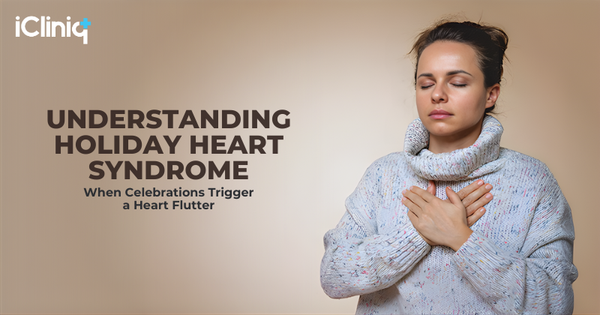The “Scarry” Truth About Pulmonary Fibrosis

Breathe in, breathe out! An essential part of our life, breathing pretty much equates to survival. Have you ever imagined how life would be if we could not breathe as smoothly as we do? Every moment would be stressful if you always needed a moment to catch your breath. Some serious lung diseases attack the lungs making them incapable of performing their basic function without a hitch. Pulmonary fibrosis is one such disease that does precisely the same damage. This blog is all about getting up close with pulmonary fibrosis.
1. The Basic Get To Know

Pulmonary fibrosis is a serious lung disease that can put anyone’s life at risk. This disease can lead to some scarring in the lungs. These scars appear similar to those left by previous injuries or surgery on the skin. With time, scarred lung tissue gets thicker and less elastic than healthy lung tissue. This damage makes the lungs less flexible to movement while breathing.
2. The Thin to Thick Journey

In a healthy lung, the tiny air sacs (alveoli in medical terms) do the job of gas exchange. These gasses are simply the ones we breathe in and out: oxygen and carbon dioxide. These tiny alveoli assist in putting oxygen into the bloodstream when we breathe in and getting carbon dioxide out of the body when we breathe out. For performing this role, mother nature has given them very thin and delicate walls. But when the lungs are attacked by pulmonary fibrosis, these delicate walls begin to be damaged and thickened. The alveoli struggle to perform their role, and it becomes very hard for them to deliver oxygen to the rest of the body because of the thick and rigid alveolar walls.
3. Pulmonary Fibrosis: Shows What?

The symptoms of pulmonary fibrosis typically occur due to improper functioning of the lungs and lack of oxygen supply throughout the body. When this disease worsens, the other parts of the body also get affected because their oxygen supply is also cut off. If you are suffering from pulmonary fibrosis, you are more likely to cough without mucus most of the time. Over time, you would feel shortness of breath and tiredness. The tip of your fingers and nails will be swollen and rounded. You might be down with fever, chills, and night sweats often.
4. Damage Has Happened; But Why?

Exposure to some toxins (asbestos, coal dust, or silica) or side effects of some medicine (Amiodarone, Bleomycin, and Nitrofurantoin) can give you pulmonary fibrosis. But this is not the end of the list. Pulmonary fibrosis may attack you if you already suffer from diseases like chronic hypersensitivity pneumonitis, systemic lupus, scleroderma, rheumatoid arthritis, and Sjogren’s syndrome. Also, this serious lung disease may run in families, so if a family member has this disease, the chances of you escaping this train wreck are limited. Lastly, if none of these causes are present and pulmonary fibrosis still somehow finds its way to you, the reason could be idiopathic (meaning ‘unknown origin’ – which really does not help your cause, we know, but some answer is better than none).
5. Will It Get Better or No?

Unfortunately, there is no cure for this disease, and the scarring of the lungs cannot be reversed – the damage, once done, is done! The best you can do is rely on the treatment to give you relief from the symptoms and maybe prevent further lung scarring. The treatment includes medicines, oxygen therapy, pulmonary rehabilitation, avoiding smoking, and as a last resort, a lung transplant. Also, hey, a piece of good news, Nintedanib (oral medication) has actually shown results in slowing this no-cure disease from progressing further. Considering all this, we hope you give your lungs the care they deserve!

The month of September is dedicated to spreading pulmonary fibrosis awareness. Do not traumatize your lungs for life with a scar; instead, give them more room to breathe by quitting smoking, opting for a healthy diet and lifestyle, doing breathing exercises, and having a check-up annually.





